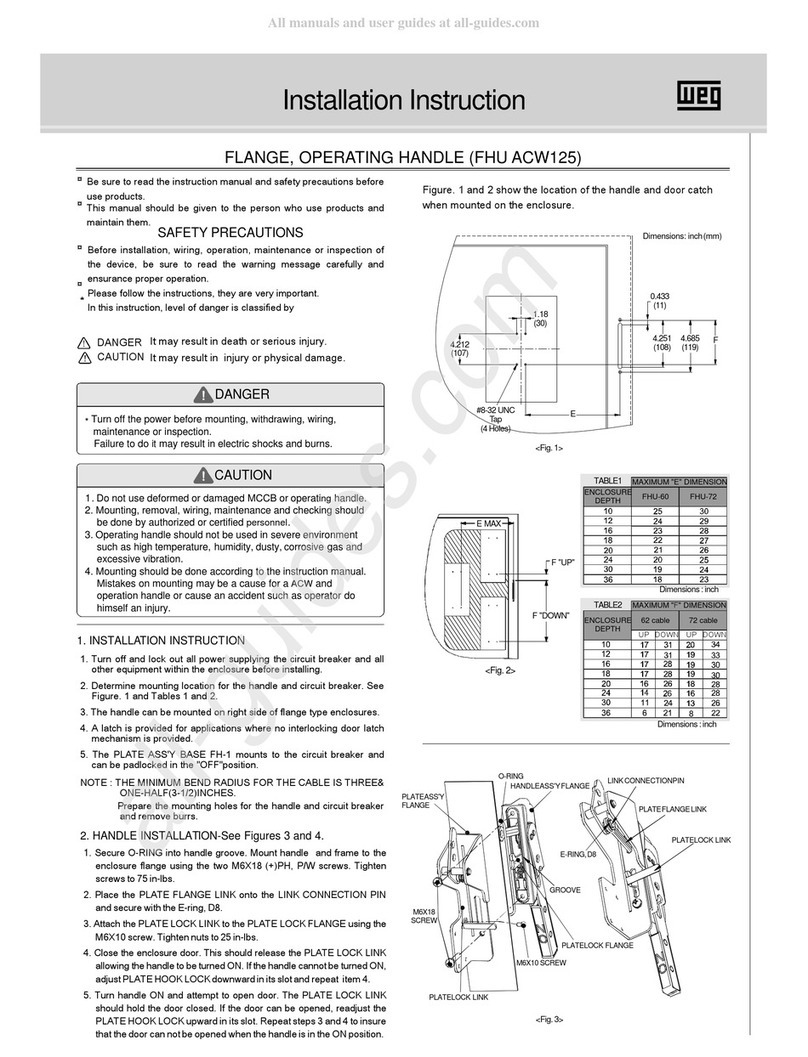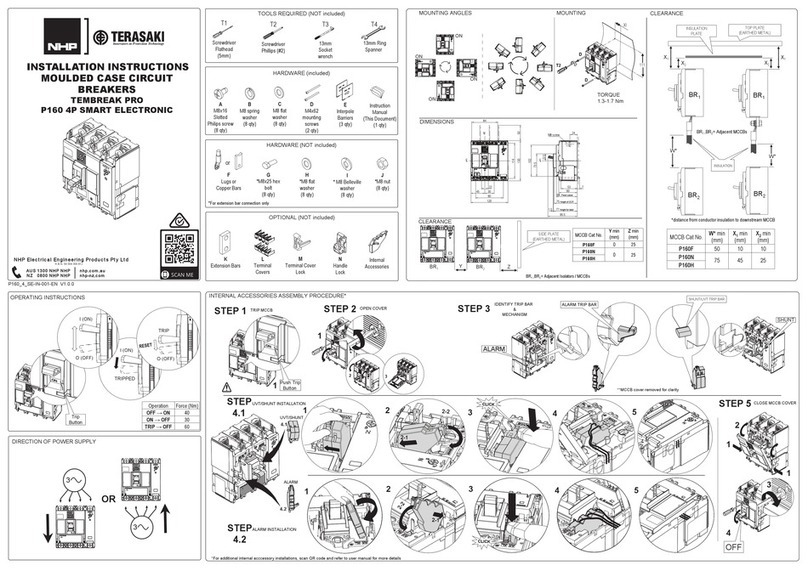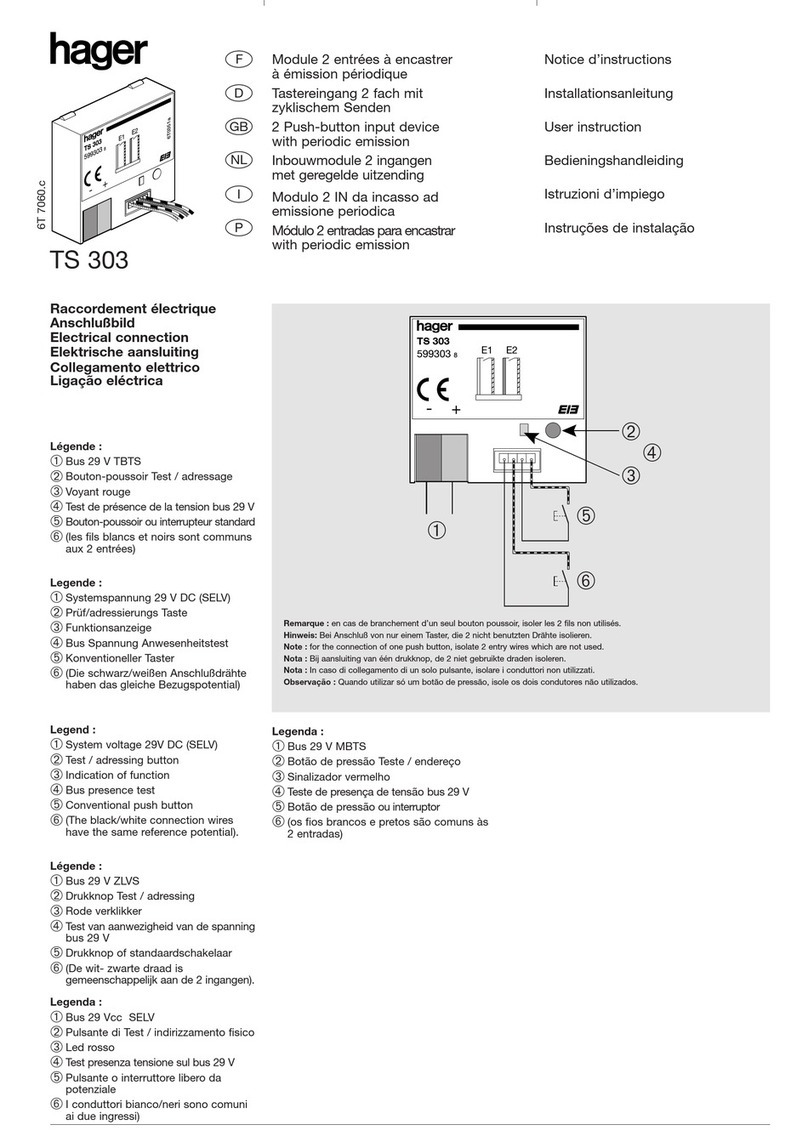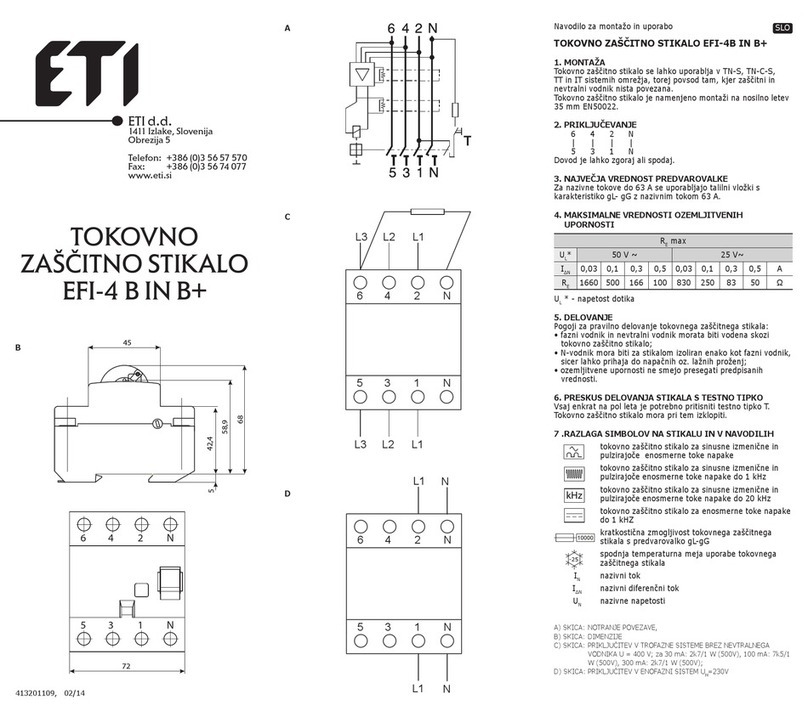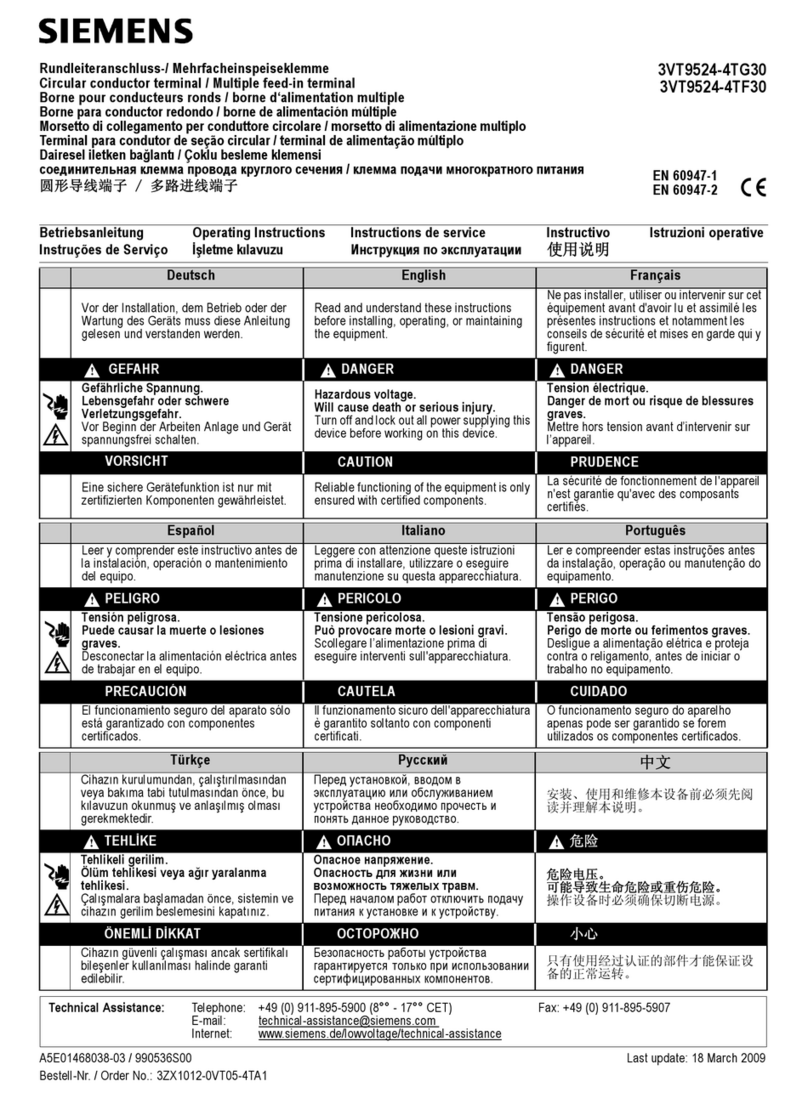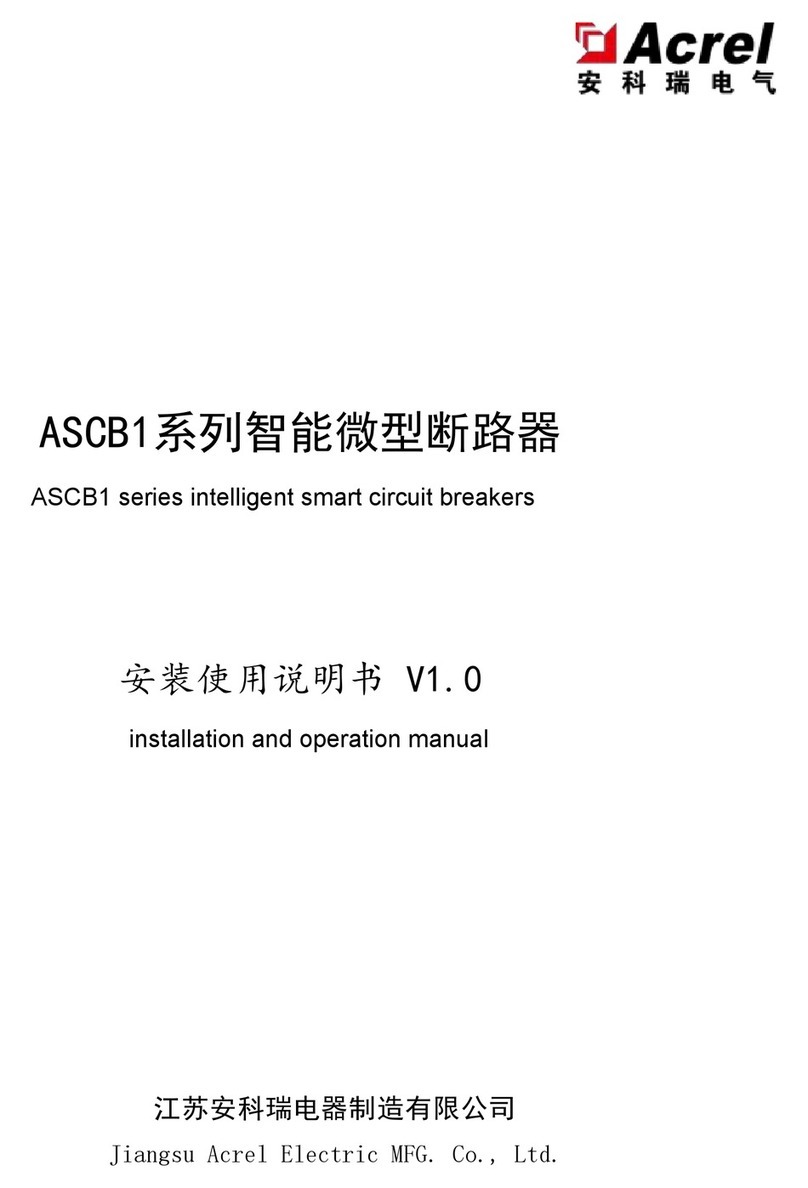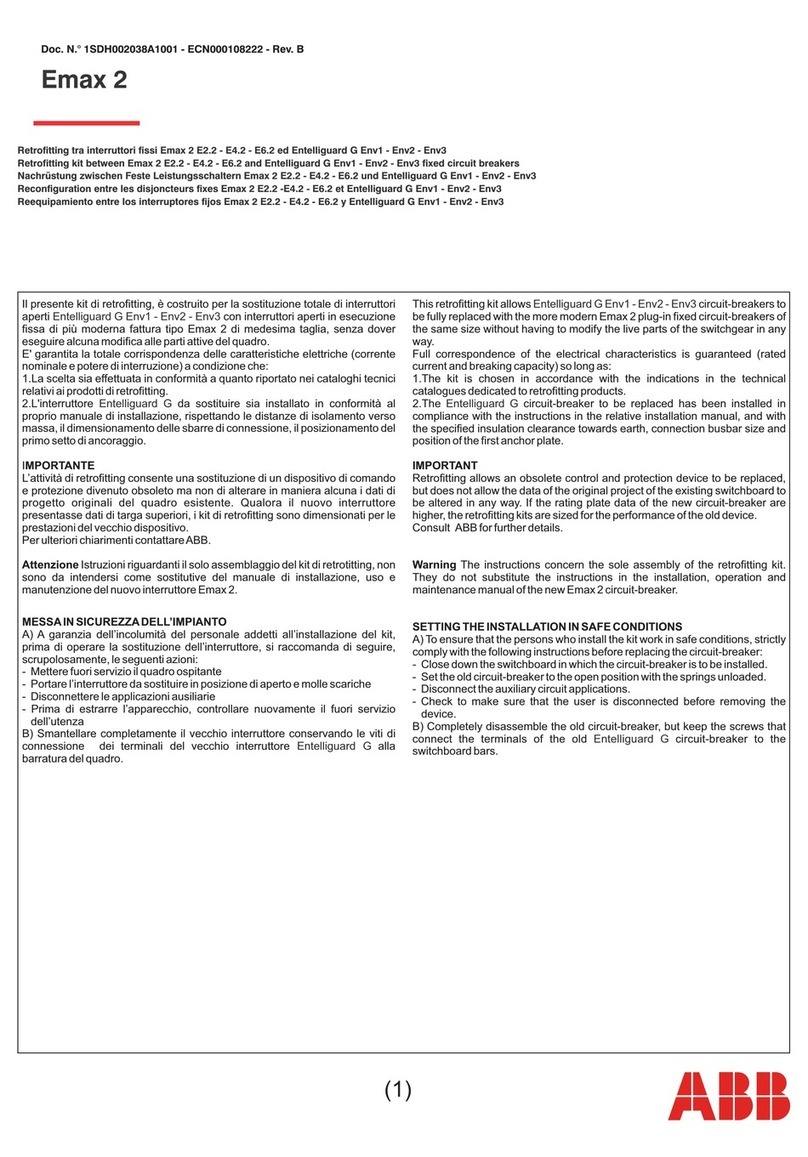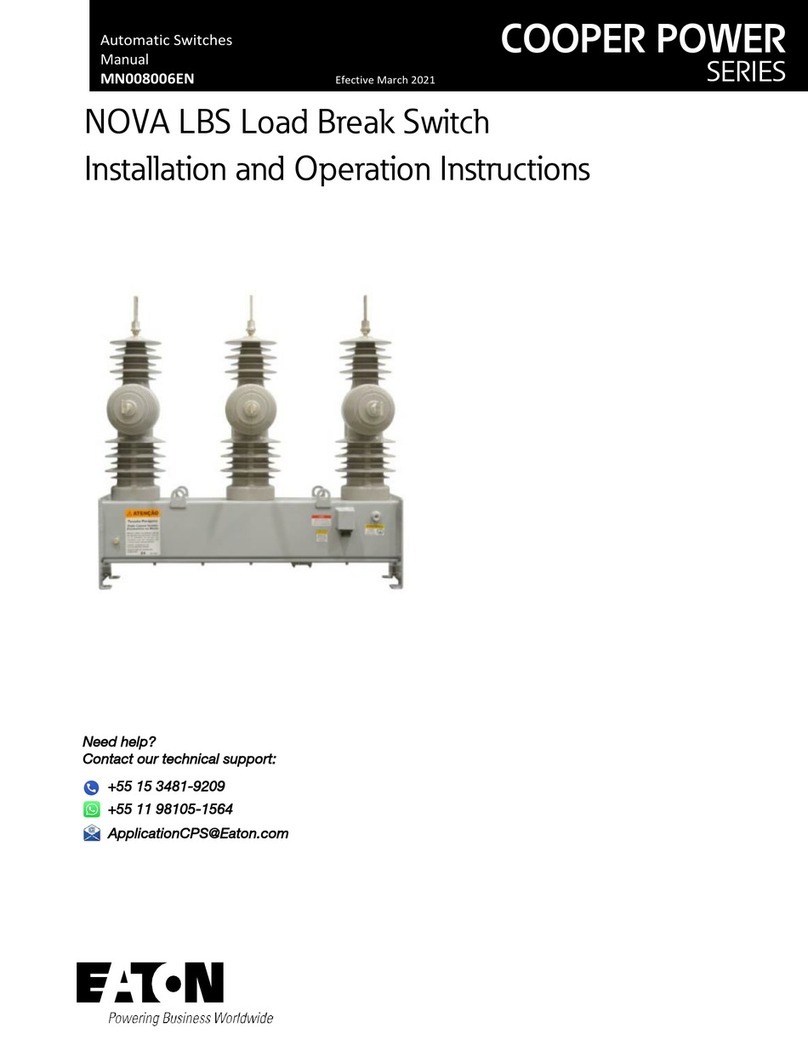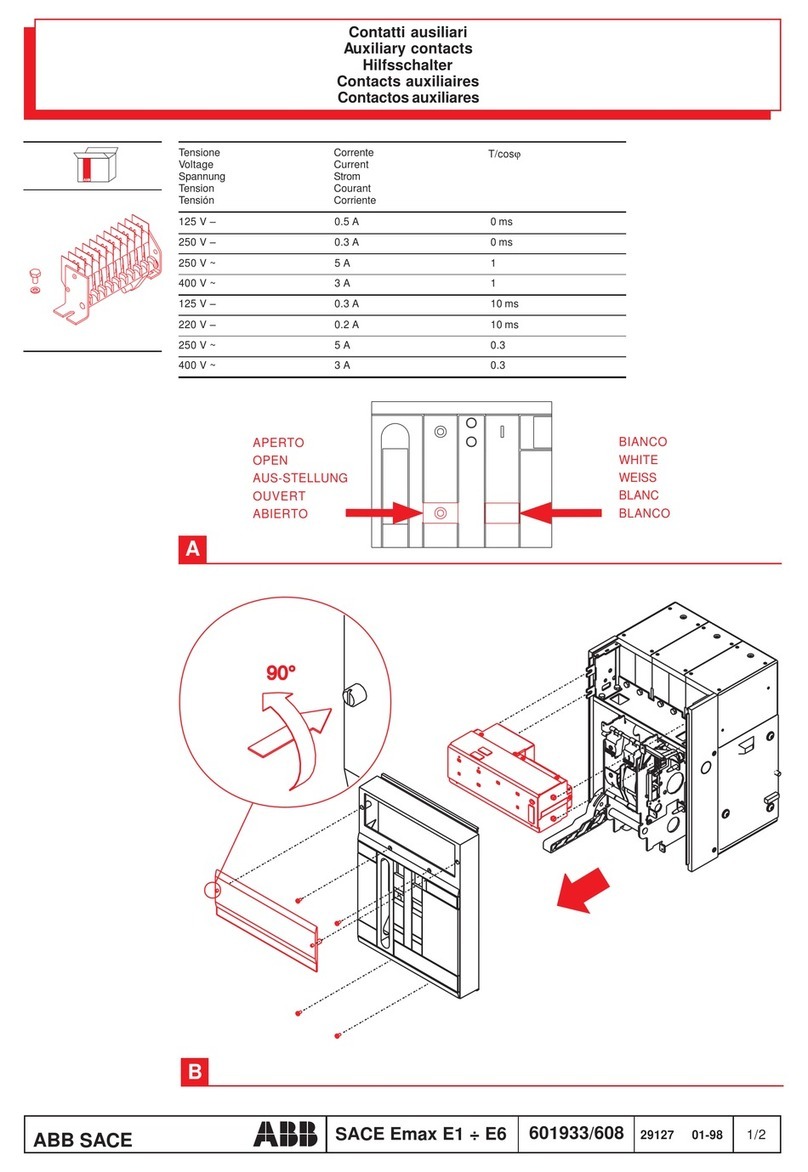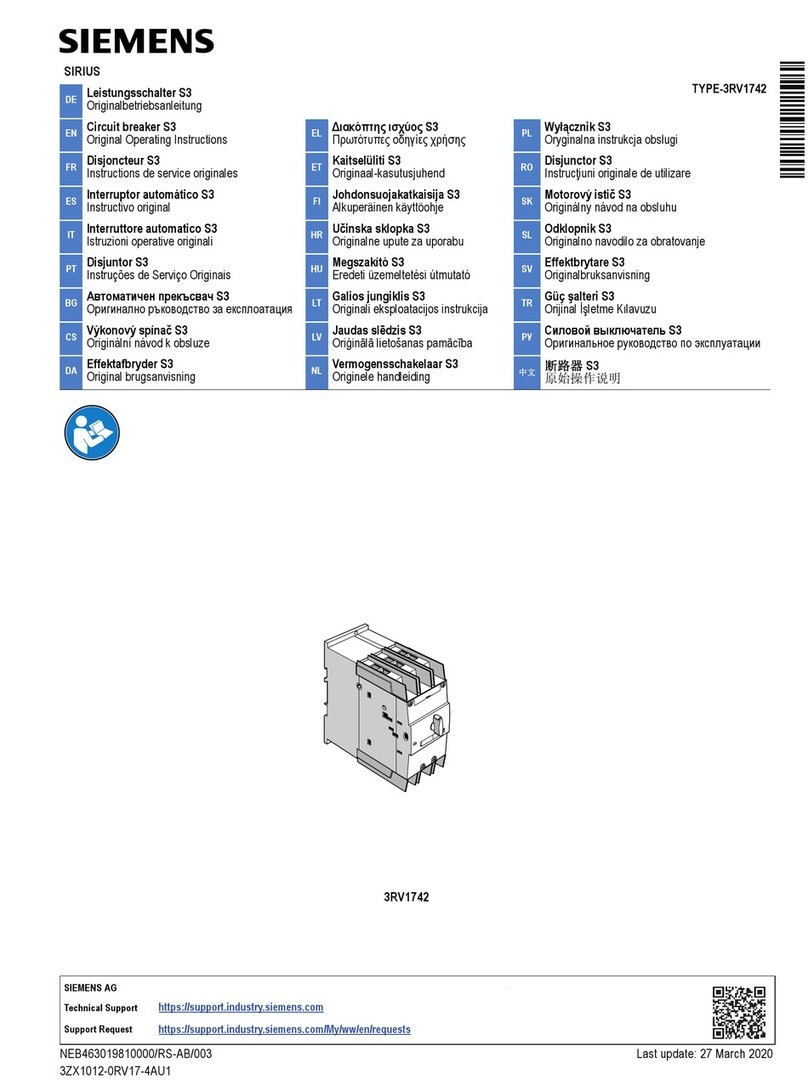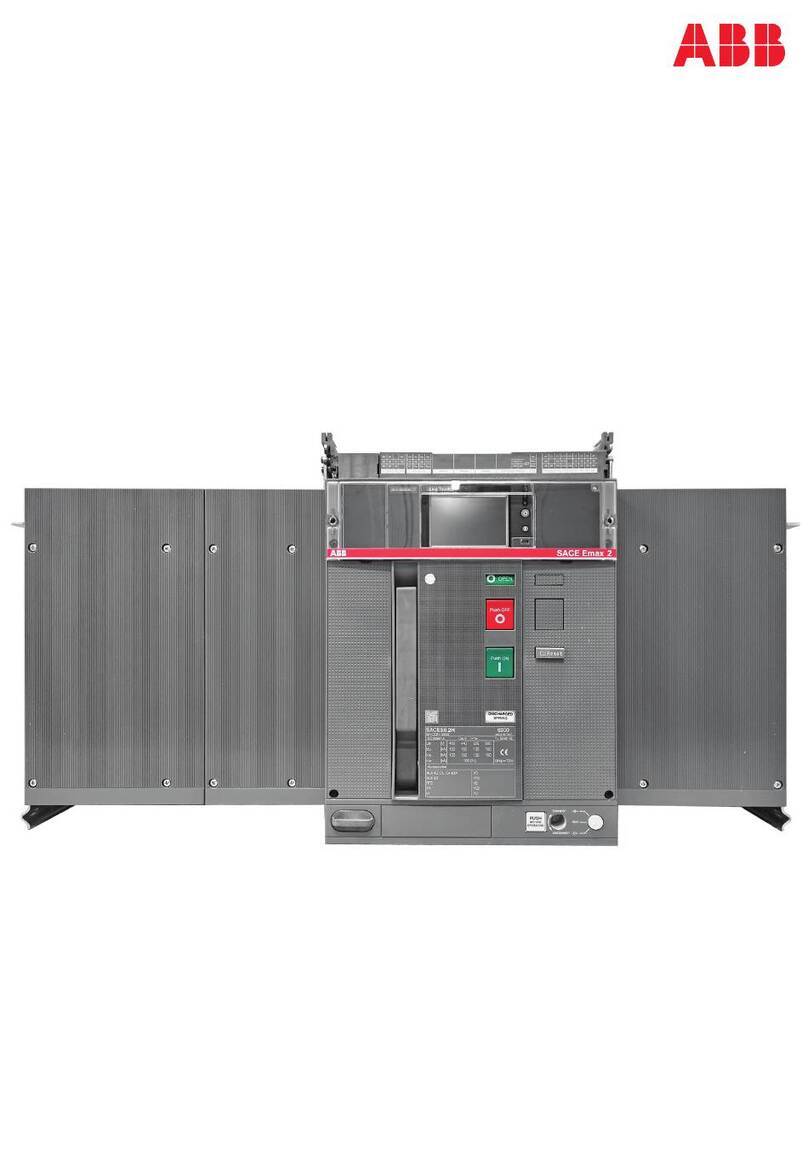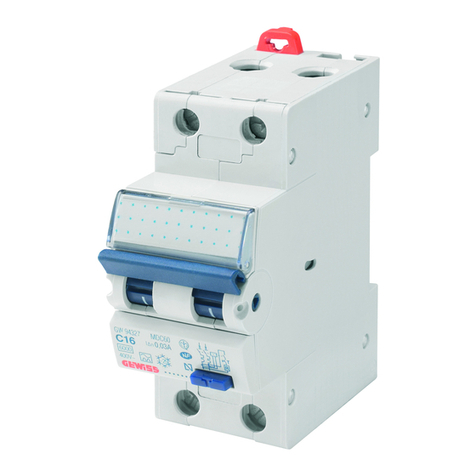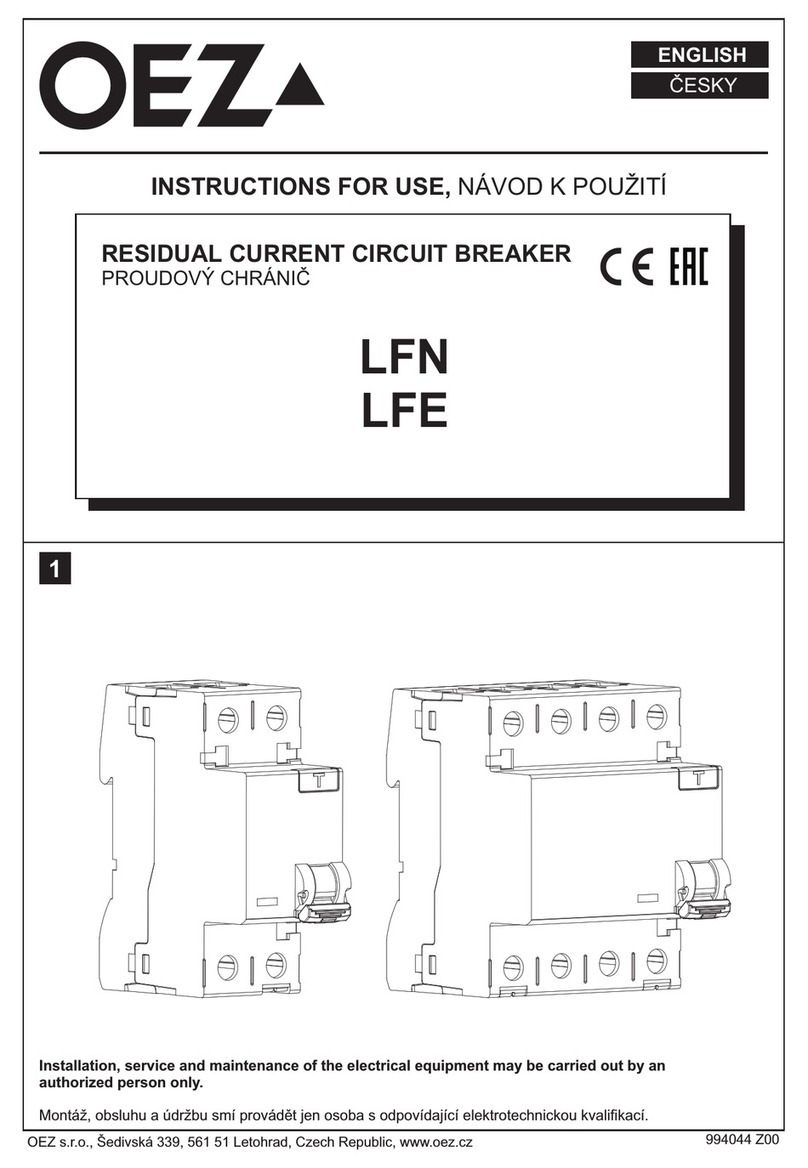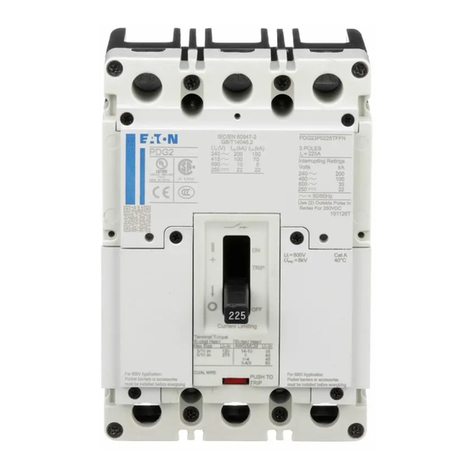8
■MCCB prevents a fire, a property damage, the breakage of an electrical equipment on
load side by protecting a circuit from the fault currents.
1) Circuit Closing
The closing operation of mechanism applies the current to the load. When energized, some loads
makes inrush current much greater than rated current (In) .To prevent these over current which
causes the dangerous phenomena for contacts (Erosion by arcs), closing operation should be
prompt. If a circuit breaker is in accordance with all standard cases, it should be able to endure
15~20 times of the rated current and be opened promptly for the faults occurred during closing
operation or after it has closed.
2) Current Conducting
A circuit breaker must not be exceeding an acceptable temperature rise under normal current
conducting and there must be safe current conducting within specified breaking time under over
current. Furthermore, if a circuit breaker is of the discriminated type, it must has the structure
which can withstand the high electrodynamics to accept the short-circuit current while a circuit
breaker in downstream is operating to break it.
3) Circuit Opening, Current Breaking
ⓐCurrent can be broken manually or remotely by voluntary operation on mechanism.
ⓑA circuit breaker opens a circuit automatically under condition of current which may has any
values at this time by an auxiliary trip unit (Under voltage, Ground fault, etc.)
ⓒA circuit breaker opens a circuit automatically against the over current because it is operated
by OCR (the trip unit) even if it is in the closed position.
4) Isolation
When a circuit breaker is open, a certain isolation level is required between charging and non-
charging parts. The Isolation Level is decided by following tests.
ⓐA maximum leakage current test under rated using voltage (Max. Ue)
ⓑAn impulse voltage
■There are following breaking principles regarding over current.
1) Instantaneous trip
When short-circuit current flows in, MCCB trips instantly to minimize side effect due to the
accident on load side. It is called instantaneous trip..
2) Time delay breaking
When abnormal current flows in such as inrush current of transformer or condenser, and
starting current of motor, MCCB keeps the conducting condition for a regular time and break
the current if it is continuously remained. In case of short-circuit, MCCB minimizes the damage
from accident by keeping the circuit for the time previously set concerning the operating time of
branch breakers under selective discrimination. However, it breaks the circuit after the delayed
time in case abnormal current continuously flows in due to the breaking failure of branch
breakers. It is called as Time delayed breaking.
3) Overload trip
If the current which exceeds the rated current flows in continuously, the cable is getting hotter
and it causes the big fire. Therefore, MCCB breaks the current before the temperature of cable
reaches the dangerous level. It is called overload trip.
4) Ground-fault trip
Ground fault defines as current flows into the ground from circuit or charging part of load due
to breakdown. If ground fault current flows, it is inducted to other cables nearby owing to
electronic induction, voltage level is risen and it finally cause severe effects or damage on other
device. Furthermore, in case personnel hands are touched, it may result in electrical shock.
Ground fault breaking is to prevent any possible accident occurred from ground fault.
C. Structure and Operation
2. Basic function and Breaking operation
